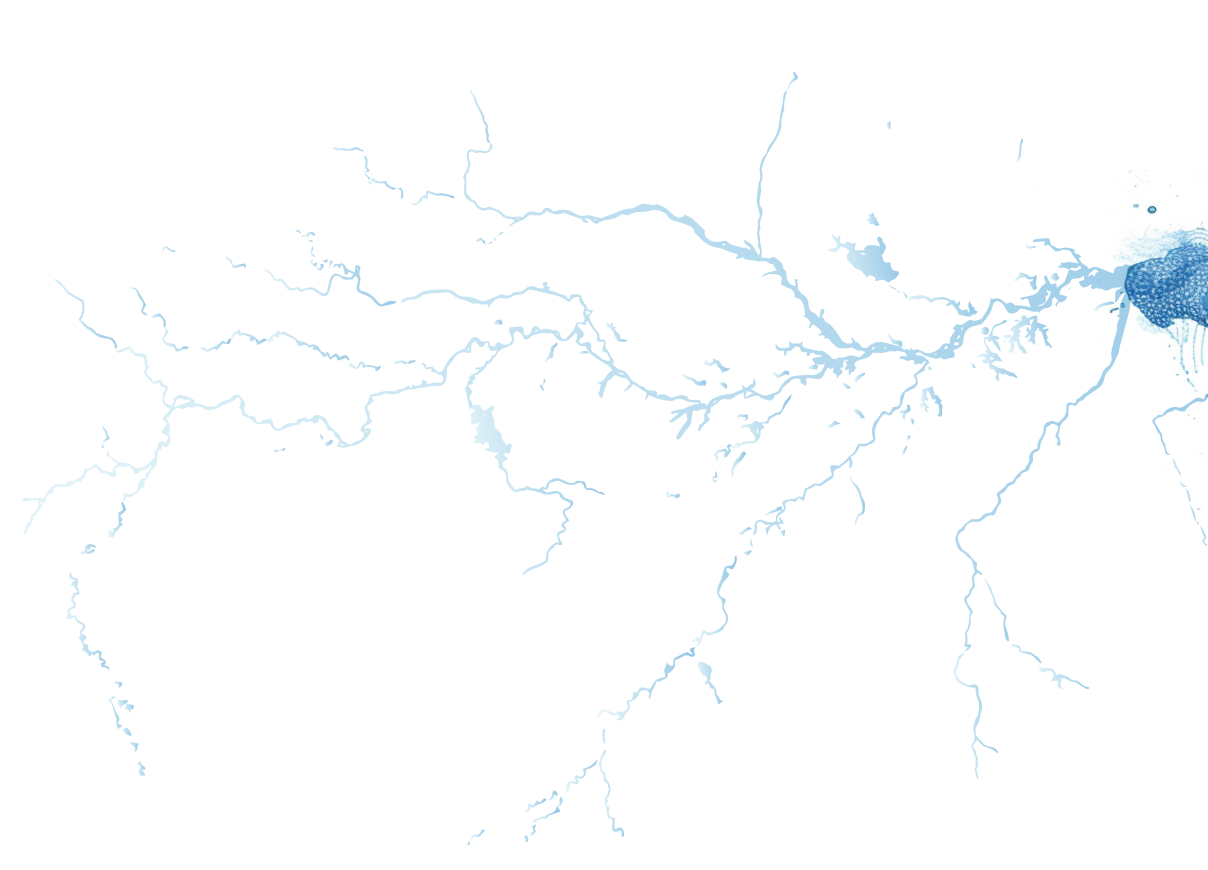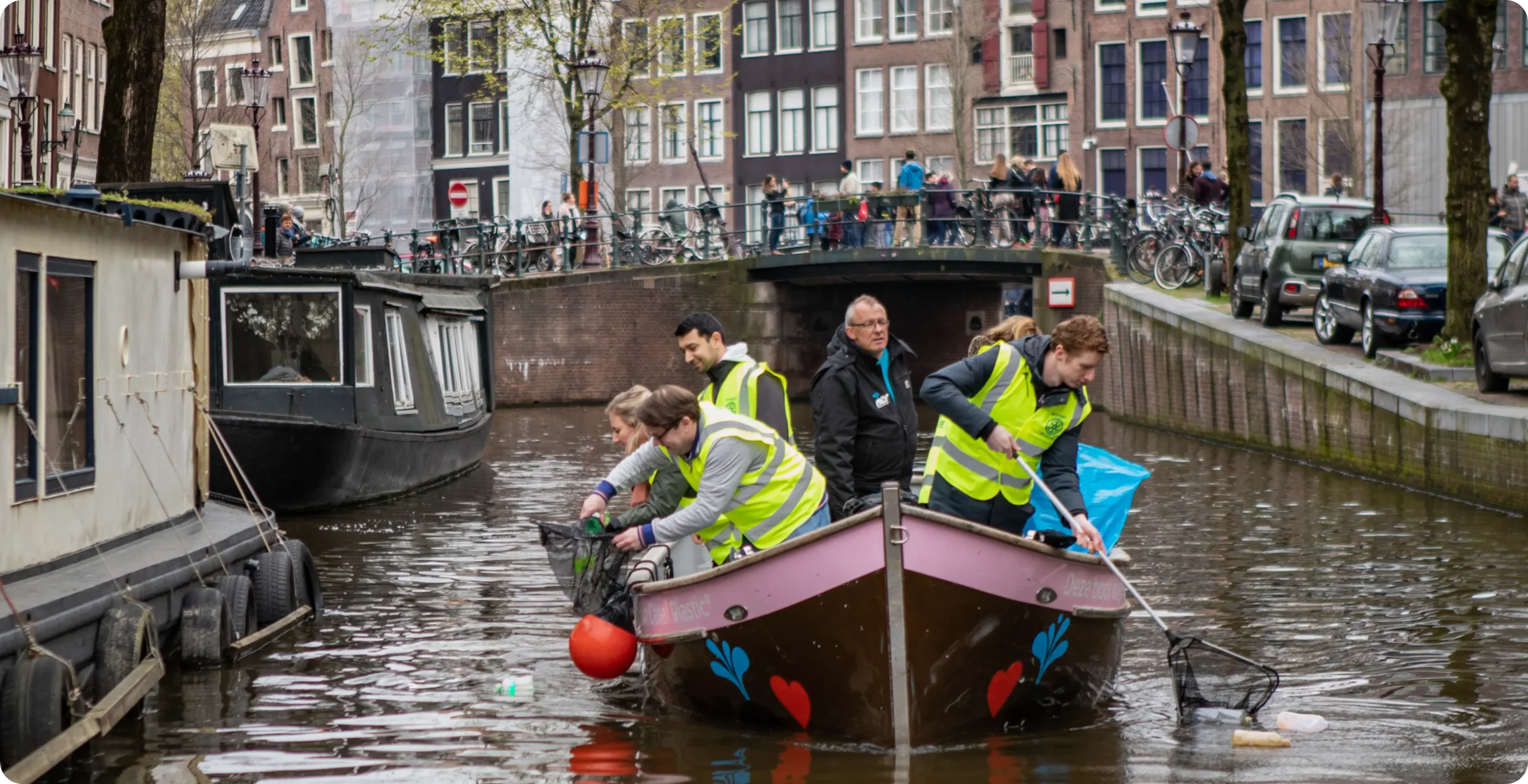First and foremost, volunteer safety is paramount. It is best practice to develop a safety plan that can easily be deployed on the event day. Ensure appropriate protective clothing is provided and worn and that people are aware of the risks. Be sure to communicate that volunteers are responsible for their own safety.
If appropriate, consider having volunteers sign waivers and provide emergency contact information before the clean-up. Make a plan for controlling the site, identifying and keeping track of volunteers and ensuring basic safety. Consider sending volunteers out as a team – two or more volunteers work together. Basic first aid equipment and knowledgeable people should be on hand in case of an incident.
It is particularly important to consider access. Is the site publicly or privately owned, and can permission be obtained to work in the area. Also consider how volunteers can get to the site and how the waste collected can be removed. Also consider where vehicles will park and if they will be safe and secure. Encourage people to keep valuables with them and consider providing sealable bags so volunteers can keep their phones dry and safe.
Freshwater bodies are particularly impacted by the weather. Have a good awareness of the predicted weather for the clean-up and plans for notifying volunteers of weather-related changes.
It is important to match the number of expected volunteers with the amount of work to be done. Avoid having too many or too few volunteers for the planned activity. Consider asking volunteers to pre-register for the event and avoid having unexpected volunteers arriving at the site on the day.
Keeping volunteers well informed, before during and after the event, is essential to having a safe, enjoyable and productive day. Important information includes:
- Why the clean-up is taking place and what the project plans to achieve
- What is expected from the volunteers in terms of time and commitment
- What equipment they should bring (e.g., suitable footwear and clothing, sun hats and sun protection, protective equipment, equipment for waste collection such as garden rakes, shovels etc.)
- What will be provided (e.g. transport, refreshments, equipment, training)
- Safety and security consideration including meeting locations and times
- Where photos of the event can be downloaded to or uploaded from
During the event assign leaders to guide volunteers in their clean-up activities. Consider designating individuals to manage and communicate with interested community members attracted by the activity.
Ensure there will be a sufficient number of tools for collecting the solid waste and enough receptacles into which to collect it. It is important to plan for transport and disposal of the collected waste and, particularly if recyclables are to be recovered, where and how this will be done. Consider informing waste collection/disposal sites beforehand and be aware of their opening and closing times.
If refreshments are going to be distributed, it is a good idea to provide them at the beginning of the activity or consider providing hand sanitizer or a hand-washing station before distributing them.
Seek donations of equipment and other support from stakeholders such as businesses or local authorities. Schools, religious organizations or sports clubs may be a good source of volunteers. Responsible local authorities are often able to support waste clean-ups by providing trucks to transport waste or other heavy machinery and tools.



